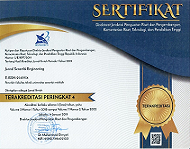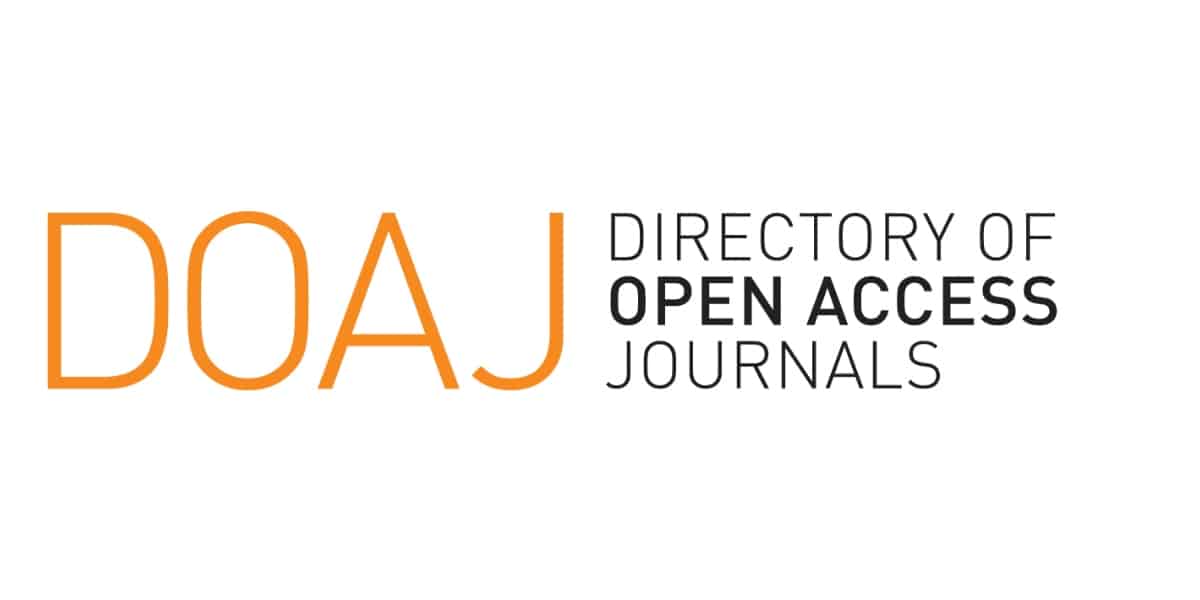Analisis Potensi Timbulan dan Jenis Sampah Elektronik Rumah Tangga di Kota Administrasi Jakarta Pusat
Keywords:
e-waste, waste generation, waste management, central jakartaAbstract
This study aims to identify the generation and potential of household electronic waste in Central Jakarta Administrative City. E-waste, which falls under the category of hazardous and toxic waste (B3), consists of used electronics that are discarded because they are no longer used. Based on data from the Ministry of Environment and Forestry (KLHK) in 2021, Indonesia generates around 2 million tons of e-waste, with 56% of it coming from Java Island. E-waste management in Indonesia is still not optimal, with only 17.4% being properly managed. This study involved 100 households in Central Jakarta through observation, interviews, and questionnaires. Data were analyzed through a qualitative descriptive approach. The results showed that washing machines, refrigerators, and air conditioners are the highest types of household electronic waste, with estimated generation of 571.038,11 kg/year, 514.299,67 kg/year, and 475.904,09 kg/year, respectively. Projections show an increase in e-waste generation every year along with the increase in population
















